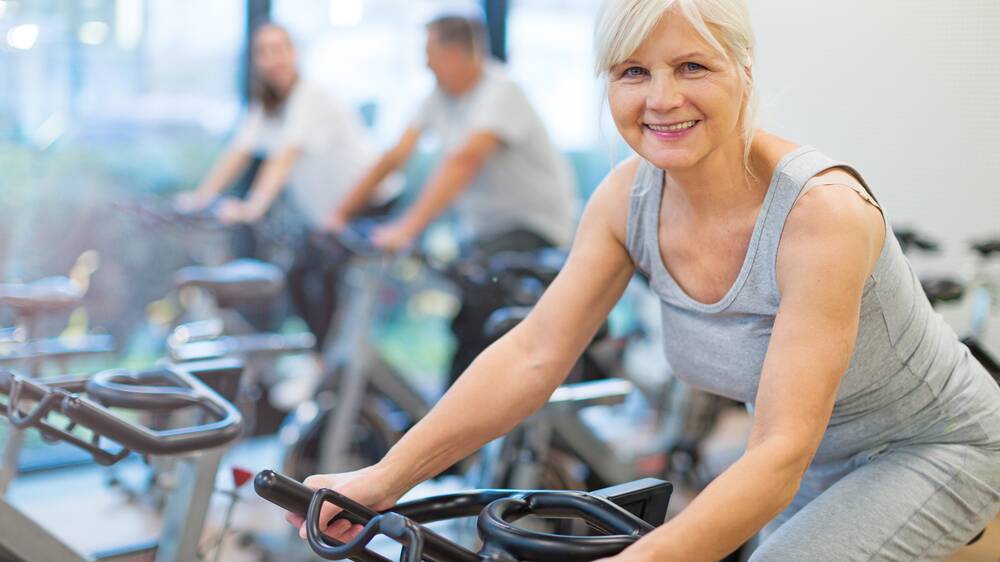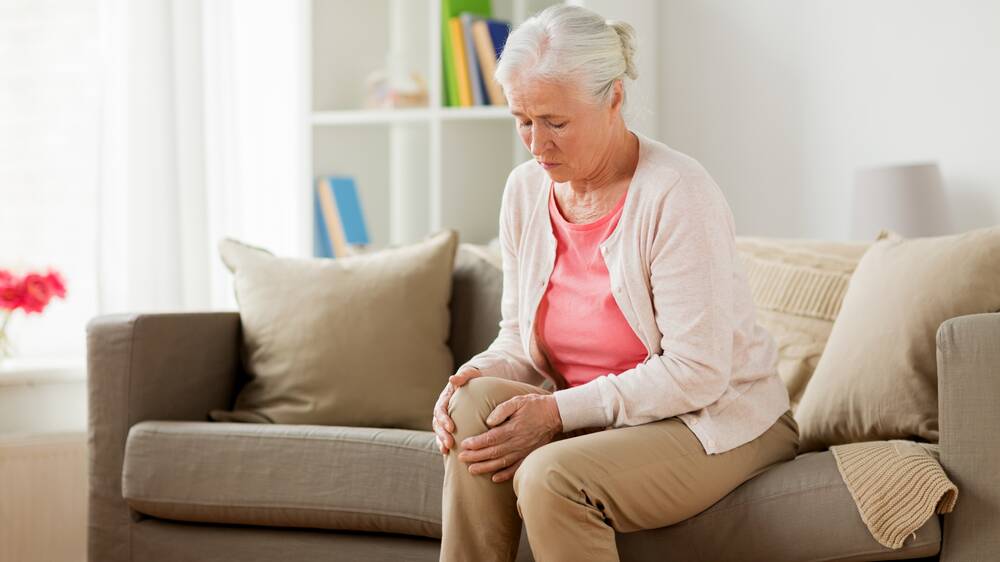A new way to treat knee and hip osteoarthritis in the Hunter

This article is advertiser content from Fitness Physiotherapy
Osteoarthritis is a very common condition and is the most common lifestyle disease in individuals 65 years of age and older. However, osteoarthritis can also affect people much younger. Luckily, there are some easy ways to reduce your risk – namely exercise, weight loss and a healthy diet.
Both national and international clinical practice guidelines advocate for exercise and weight loss as the first line of osteoarthritis management.
The GLA:D Program is well-researched way to treat knee and hip osteoarthritis. This six week program involves education sessions as well as exercise that focuses on quality movements and can be applied to everyday activities. By strengthening and correcting daily movement patterns, participants will train their bodies to move properly, prevent symptom progression and reduce pain.
Research from the GLA:D program in Denmark shows the associated pain of osteoarthritis reduces by 32 percent when the program is undertaken.
The GLA:D program is a gently escalating series of exercises which are designed to increase core muscle strength, thereby helping to manage the disabling effects of arthritis and other skeletal problems. I would recommend it highly.
- Anne, Merewether
What is arthritis?
The ends of your bones are covered in cartilage which gives a smooth coating to the bones and allows them to glide easily when moving. Cartilage is both solid and flexible, allowing it to spread loads over the surface and absorb shock. Cartilage has no blood supply so the nutrients are actually supplied by synovial fluid (a lubricating fluid inside the joint capsule).
In a healthy knee, there is a balance between cartilage degeneration and regeneration. Osteoarthritis occurs when this cartilage degeneration exceeds regeneration.
Symptoms of osteoarthritis are often put down to wear-and-tear, and this phrase has led many people to believe that they can’t or shouldn’t be active with osteoarthritis. In fact, the opposite is true. Our cartilage needs movement to regenerate itself and relieve the intensity of these arthritic symptoms.
Factors that can contribute to osteoarthritis include
- Previous joint injury
- Overweight/obesity (every extra kilogram increases joint load three to five times)
- Inactivity
- Overload eg: elite sport or heavy, repetitive work
- Muscle weakness
- Non-modifiable factors; age, sex, hereditary
Why does exercise help?
Exercising and loading the joint promotes cartilage regeneration. When loads are applied, the synovial fluid is pushed out of the cartilage (like squeezing a sponge). When loads are removed the synovial fluid containing nutrients is drawn back in (like a sponge). This flushing of fluid in/out assists cartilage regeneration. Inactivity and avoiding exercise is actually a risk factor for osteoarthritis.
No pain or pills after 6 week course!
- Elaine, Newcastle
What is GLA:D?
GLA:D is a neuromuscular exercise and education program based upon the latest evidence in osteoarthritis research. GLA:D focuses on quality, control and coordination during exercise ensuring that joints are optimally loaded and the right muscles are activated at the right time. The program is a twice weekly exercise class over a period of six weeks.
The GLA:D program was developed and rolled out in Denmark and has followed its over 30,000 participants. Research from these 30,000+ participants found
- Reduction in pain maintained at 12 months (27 percent reduction of knee pain, 22 percent reduction of hip pain)
- Decreased use of pain killers (32 percent reduction in knee OA, 24 percent reduction in hip OA)
- Reduced use of sick leave (45 percent decrease for knee OA, 25 percent decrease for hip OA)
- Improvements in function and walking speed
- Improvements in quality of life and physical activity at three and 12 months
- 74 percent of patients scheduled for a knee replacement decided not to go ahead with surgery

Will any type of exercise do?
Everyone should aim to be physically active and do at least 30 minutes of activity that increases their heart rate every day. It is important to keep your joints (hip, knee and foot) well aligned when you exercise to ensure that when the joint is loaded forces are distributed evenly across the joint.
The GLA:D program strongly focuses on training good quality movement patterns and integrating them into daily life. Exercising without well-aligned joints can lead to more pain. Exercising well for a short period is more beneficial than prolonged, low quality exercise.
Is it okay to exercise when it is uncomfortable?
Yes. Discomfort does not mean damage.
It is not unusual to experience a slight increase in either muscle or joint ache when starting any new exercise or activity. This will reduce as your body gets used to exercising. Pain at an ‘acceptable’ level is okay as long as it settles within 24 hours.
Load management is important and you should be mindful of gradually increasing new exercises and activities.
What about severe osteoarthritis?
GLA:D is safe for people with severe arthritis and was similarly effective in both active and inactive participants. Additionally imaging findings do not equate well to pain, symptoms or function.
I have completed GLA:D Physio over 6 weeks and found it to be very beneficial as I was in a great deal of pain.I found doing the exercises eased my pain considerably! I am continuing the program at home, as I want to avoid surgery.
- Joan, Kahibah
Keen to find out more?
Click here for a short video. Professor Ewa Roos from Denmark discusses the strong evidence for exercise in helping people with hip and knee arthritis and how a successful program was developed in Denmark. La Trobe Sport and Exercise Medicine Research Centre is now happily assisting physiotherapists in Australia to provide the same program - GLA:D Australia.
Book in to a free osteoarthritis education session at Fitness Physiotherapy on 4963 1140
This article is advertiser content from Fitness Physiotherapy


